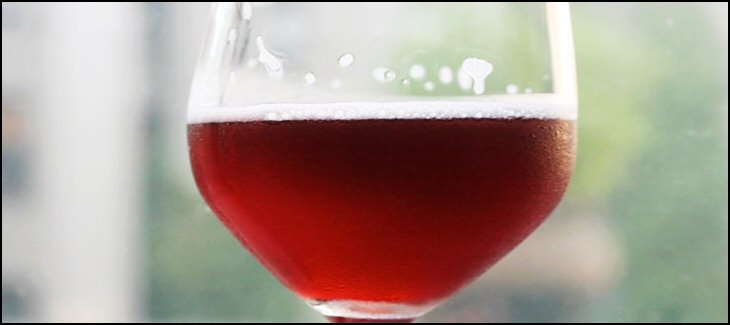Belgian Lambic
Lambic does not mean fruit beer. What it actually means is an entirely spontaneously-fermented beer, hailing from Belgium. Theories vary as to where the term “lambic” came from, but most beer scholars agree it probably originated from the town name, Lembeek, in Belgium. Any “lambic” made in the United States is only, in truth, a lambic-style ale, because, like champagne of France, true lambic can only originate from Belgium. The confusion with fruit beer is due in large part to Lindeman’s, whose sweetened fruit-forward lambics are the only contact many Americans have had with the word. But lambic in its most basic form, before sweetening and fruit, is called “straight” lambic. There are no examples of straight lambic available here, but there are several examples of Gueuze, which is a blend of straight lambics, unsweetened, and bulk aged. Gueuzes are traditionally a blend of “old” and “young” lambic, 1 year old, two year old, and three year old, blended to the taste of the maker and aged together for at least six months in oaken barrels. Gueuze offers some of the most complex flavors in all of the beer world, and can vary from funky to enormously sour. There are usually a myriad of microorganisms in Gueuze, consisting of brettanomyces, lactobacillus, pediococcus, saccharomyces, and other bugs and bacteria. It may sound strange, but the bacteria in gueuze are actually probiotic, and indeed can contribute significantly to colon health. As a matter of fact, for much of lambic’s history the health benefits of drinking lambic have been touted as an excellent reason to purchase it. Of course, in the United States, lambic tends to be one of the more expensive styles of beer to purchase, largely because of the fact that it is all imported from Belgium, but also because it is so labor and time intensive to make.


